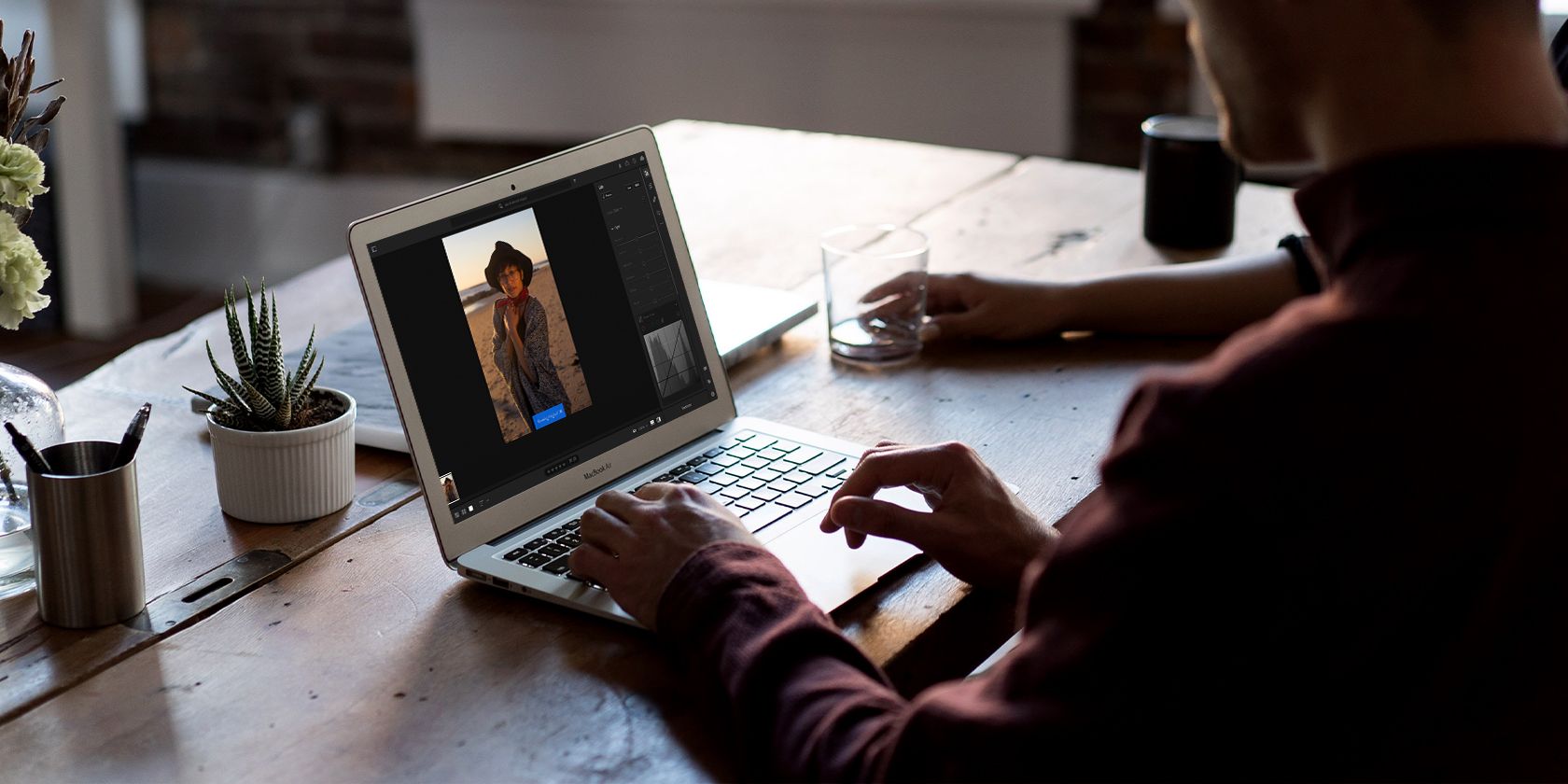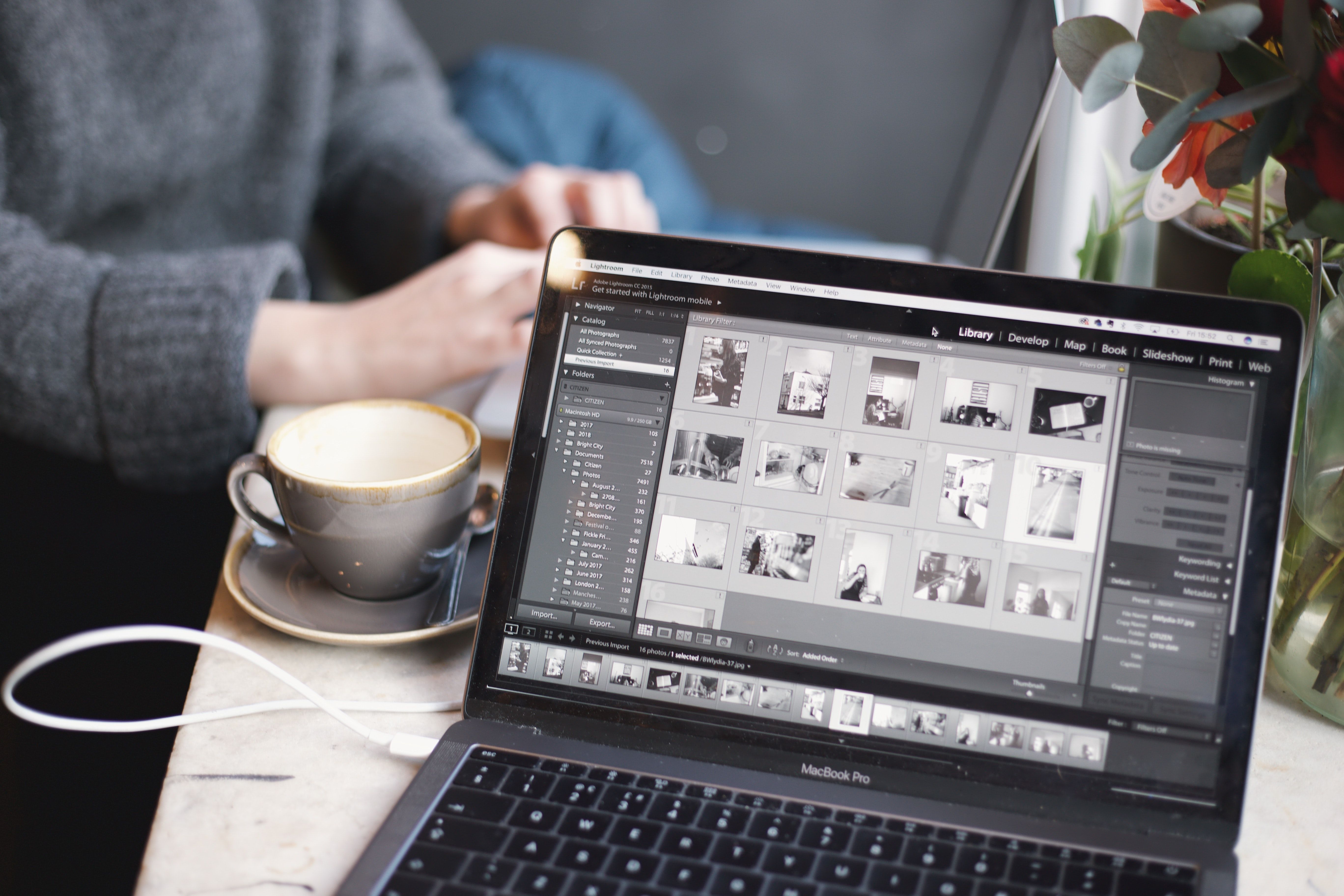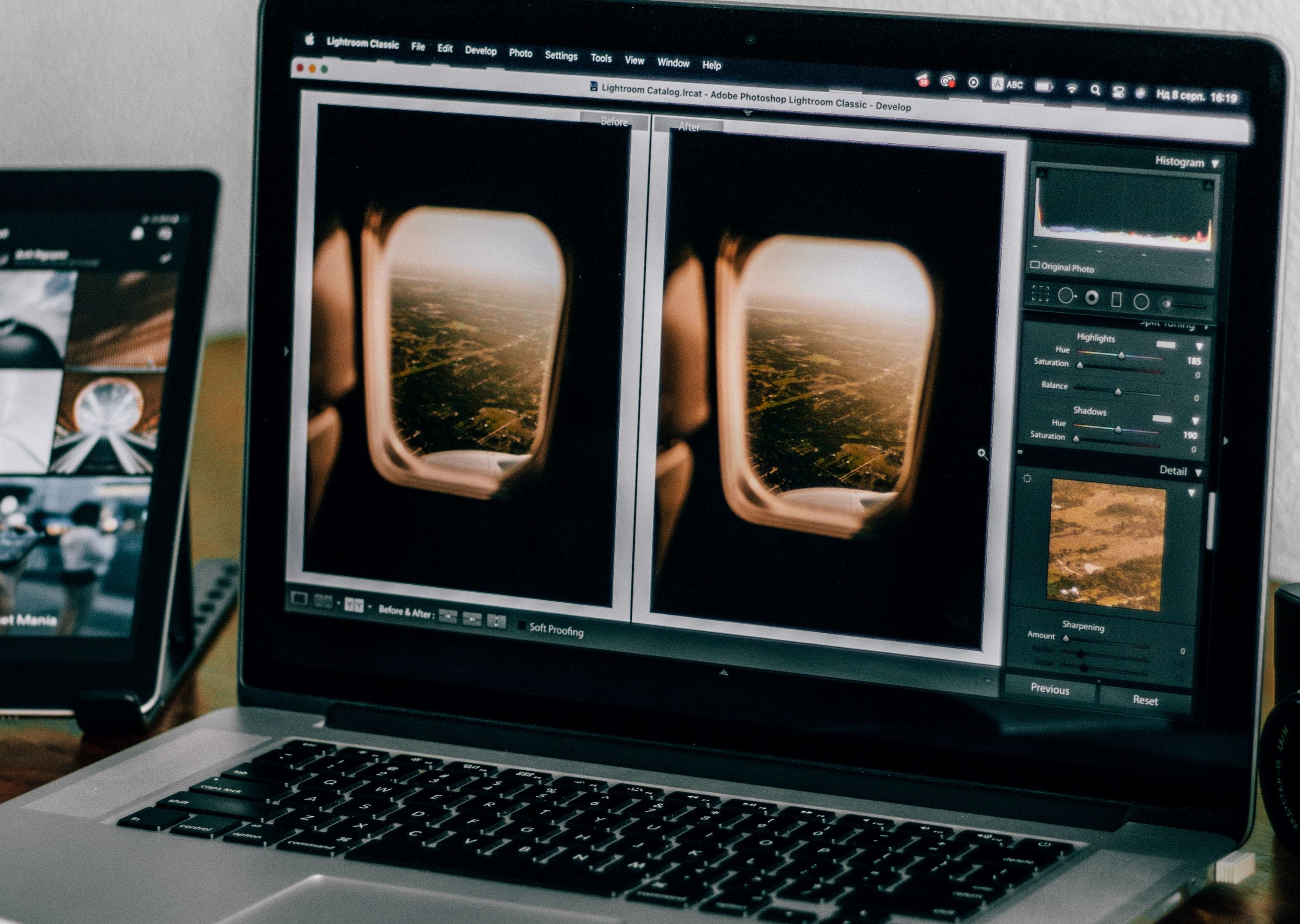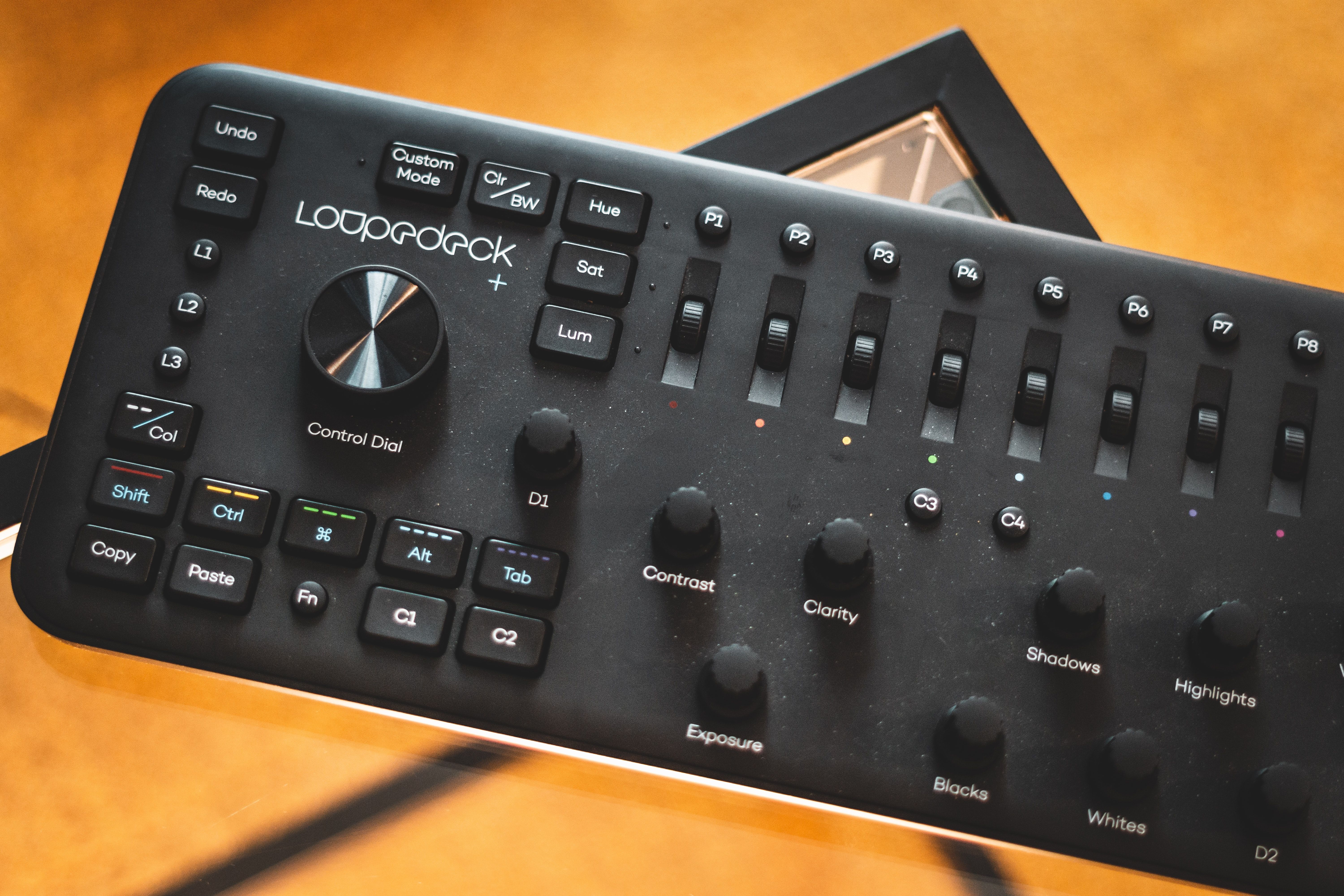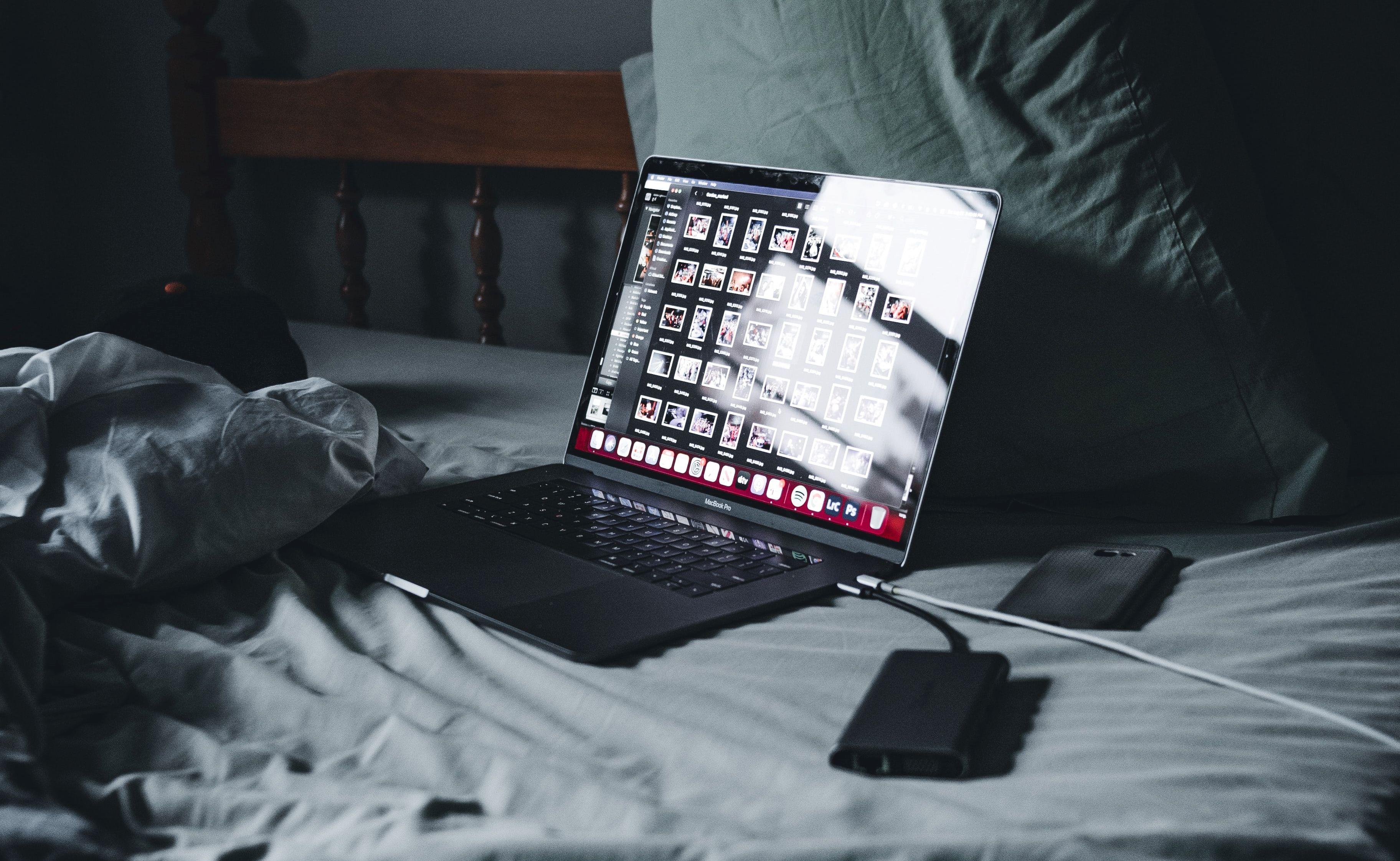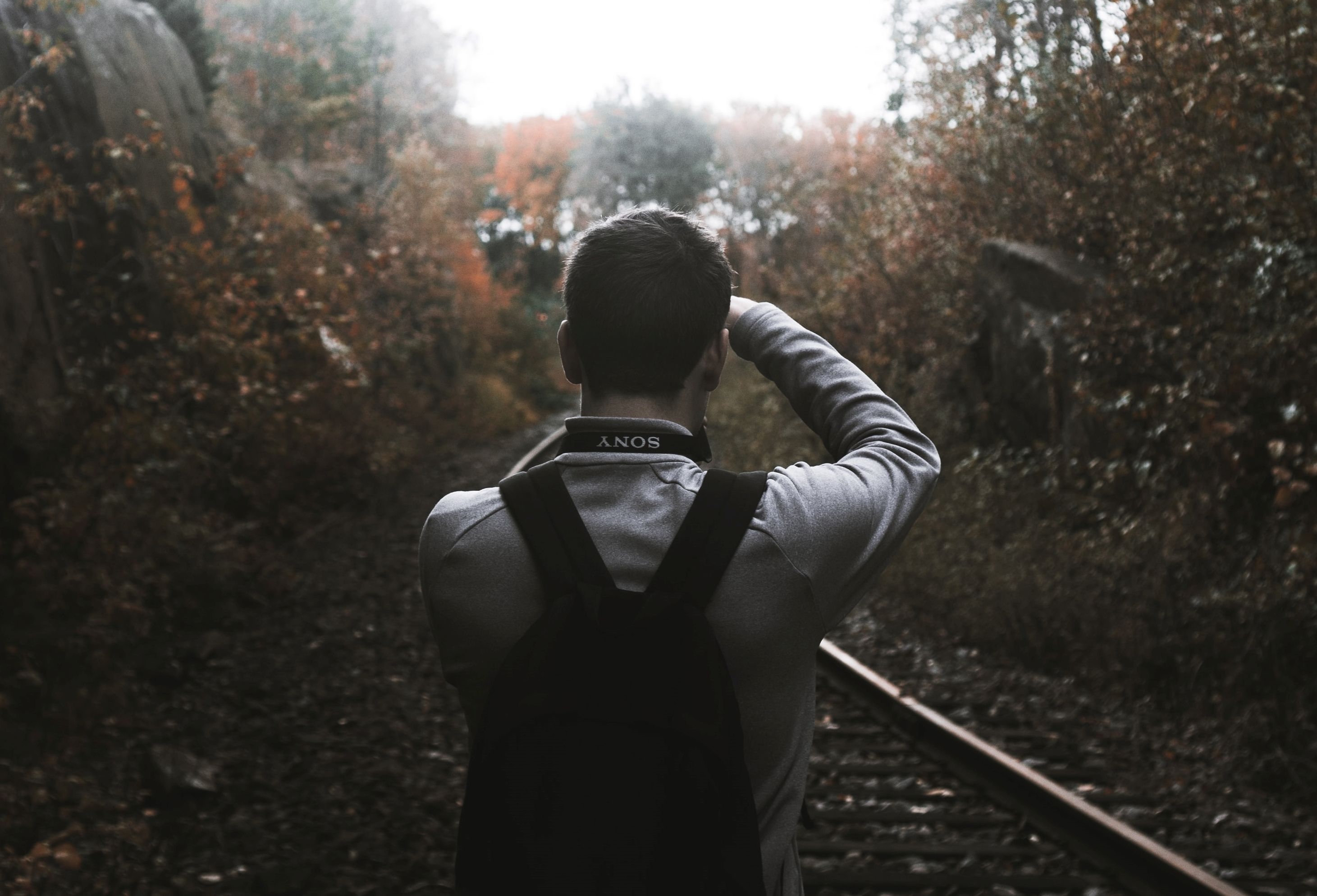The home stretch: your studio session with an entire hard drive full of incredible shots. What's the best way to maximize your time as a photo editor? Here's how you can get them all in the can and get them back out into the field, ASAP.
1. Cull Your Raw Shots Before Post-Production
The fact of the matter is that if you've got fewer photos to edit, it's going to take a lot less time to get them all done. Obviously, most photographers try to maintain a high ratio of photos edited to photos kept.
One thing that we're not advising is taking fewer photos in the field—what you should be doing, however, is deleting mistakes on the fly, especially if you're not shooting in a particularly high-pressure environment. It won't always be possible to do this, but if you have a moment to yourself, why not take a quick flip through what you've got?
Any profound errors, such as shots where your strobe failed or shots that are very clearly out of focus, can all be tossed out easily, without too much thinking. We're not necessarily talking about shots that aren't necessarily super vogue or exceptional, but otherwise perfectly fine.
Instead, just axe the stuff you know that you won't be able to use at all, even for the blooper collection. If it never makes it into Photoshop, it never had a chance to end up on the cutting room floor.
2. Rate Your Photos
In a similar vein, you might be able to streamline your photo editing process by flagging them in the image editing software that you use or rating them with stars. Rating each shot in post is one way to blow through them all quickly and sort them by quality, subject matter, style, or anything else that you're after.
Filtering photos by rating is really easy in Lightroom—all that you need to do is use the filter bar and choose the number of stars that you're looking for. In Photoshop Camera Raw, you'll find your Sort options at the bottom of the UI, right underneath the filmstrip. One click, and all of your raw photos will fall right into line, allowing you to get right to the good stuff faster.
3. Utilize Shortcuts and Eliminate Keystrokes
To a beginner, this sounds silly and negligible. From the perspective of a professional photographer, however, the truth stands: every millisecond that you spend mouse-wheeling, scrolling, hunting, and pecking is one less millisecond that you have to actually work creatively.
It all adds up. Minimize this effect by becoming well versed in the shortcuts and hotkeys to be found in whatever image editing software that you prefer.
Custom keyboard shortcuts are awesome if your work or style requires one task or another frequently. Tailoring your tools to your needs, in particular, will only make the photo editing process smoother and often a lot more fun. Our advice is to give yourself a break wherever you can think to. Which tools do you find yourself reaching for every single day of the week?
4. Ergonomics, Hardware Setup, and Peripherals
Photo editing accessories and hardware might be able to make some things like precise parameter adjustments much easier to dial in. A great display is a must, for obvious reasons, but there is a lot that you can invest in as a photo editor.
Brands like Blackmagic offer much in the way of input devices specializing in the editorial process. Loupedeck is also another worthy contender in the photo editing arena—a dedicated console might just be the solution that you need.
Aside from these, you should also try to work as ergonomically as possible. Desk stands and other corrective accessories will help, as will software that reduces the harshness of your monitor's output profile and well-balanced chairs that help you maintain your posture as you work.
5. Stay Extremely Organized
This one is probably one of the most important on this list. The more photos that you have on your plate, the more likely that the project is to devolve into an absolute nightmare. Save yourself the stress and the frustration by starting off on the right foot.
Begin with folder hierarchies; give your entire shoot a place to land, complete with folders for edited material, archiving folders, and folders for photos that you plan on eventually publishing. Once you've had a chance to take a peek at everything, you may then be able to break these broad categories down further. A place for everything, and everything in its place.
Our desktops are just as much of a disaster as you would expect. When you've got somebody on the line for the photos that you're editing, however, it's always courteous to keep things as neat and as organized as possible, even if only to save yourself some time and some thinking down the line.
6. Utilize Actions, Automation, and Batch-Editing
Creating a preset in Lightroom is easy. Photoshop Actions give you even more control—you can either design them yourself or download them online. Sharpening actions, automated exposure correction, creative overlays, and more, are all made possible through this useful feature, totally hands-free.
This goes beyond purely editing, exporting, and publishing your work. You can even use apps like these to bulk-populate your photos with keywords and metadata—there are literally a million different ways to lighten your load.
7. Implement Good Practices as You Shoot
At the end of the day, ensuring that every photo you take is one of quality is ultimately the preferred way to streamline your photo editing post-production process. There are a million ways to do this, but planning, preparation, and an earnest interest in what you're putting out there are our recommendations for an efficient and productive photo editing workflow.
Good lighting, purposeful composition, and a great story to tell will all do a lot of the work for you. The rest will be a matter of identifying the type of outcome you're interested in. Knowing your goal is one of the best ways to prevent wasting time in post. You'll end up with fewer disappointing pictures as a direct result.
Streamline Your Photo Editing Workflow
Focus, attention, and a genuine interest in your own work will accomplish much of this for you. The rest? These seven tips should have you in and out and no time. At the end of the day, that's more time for taking photos, just the way we like it.

